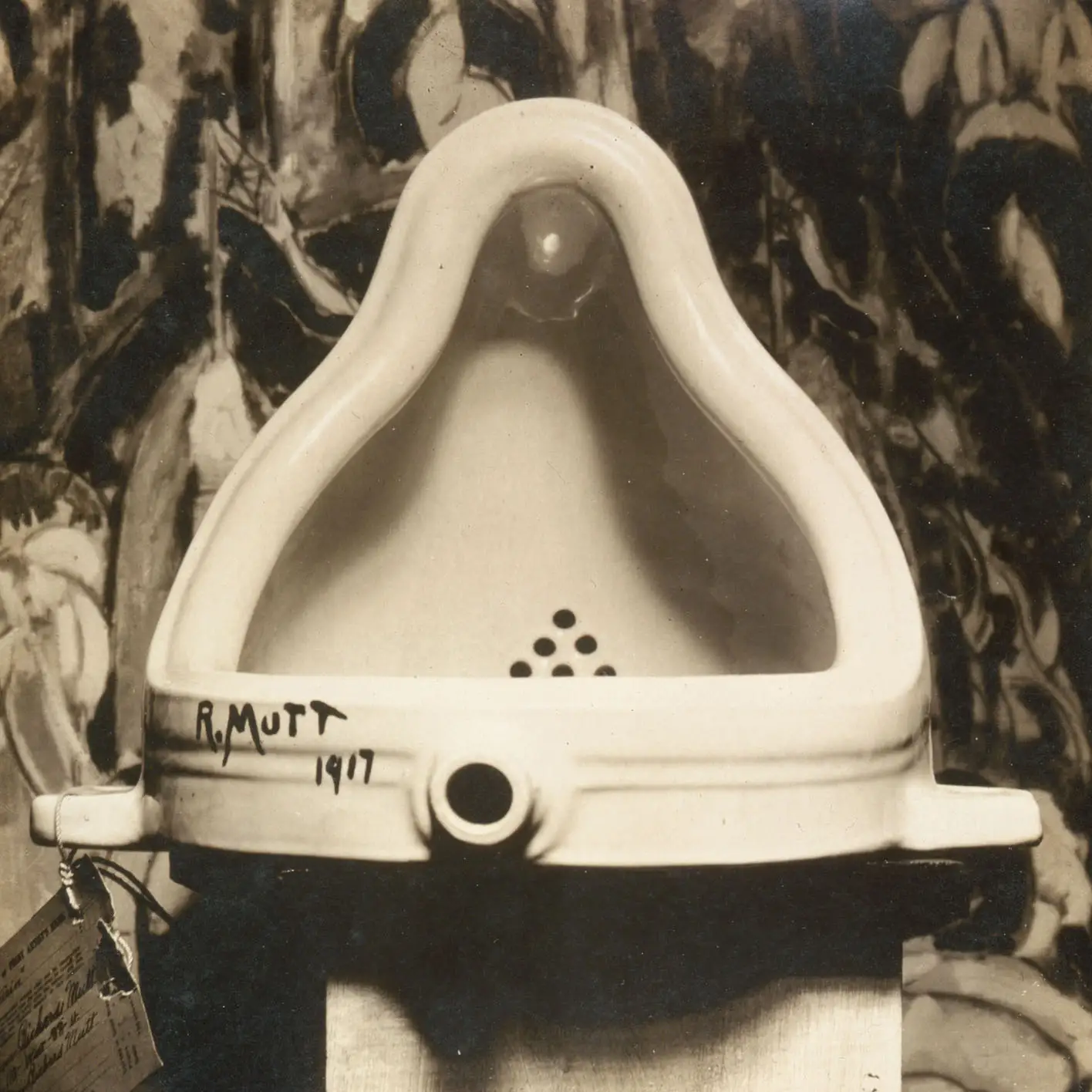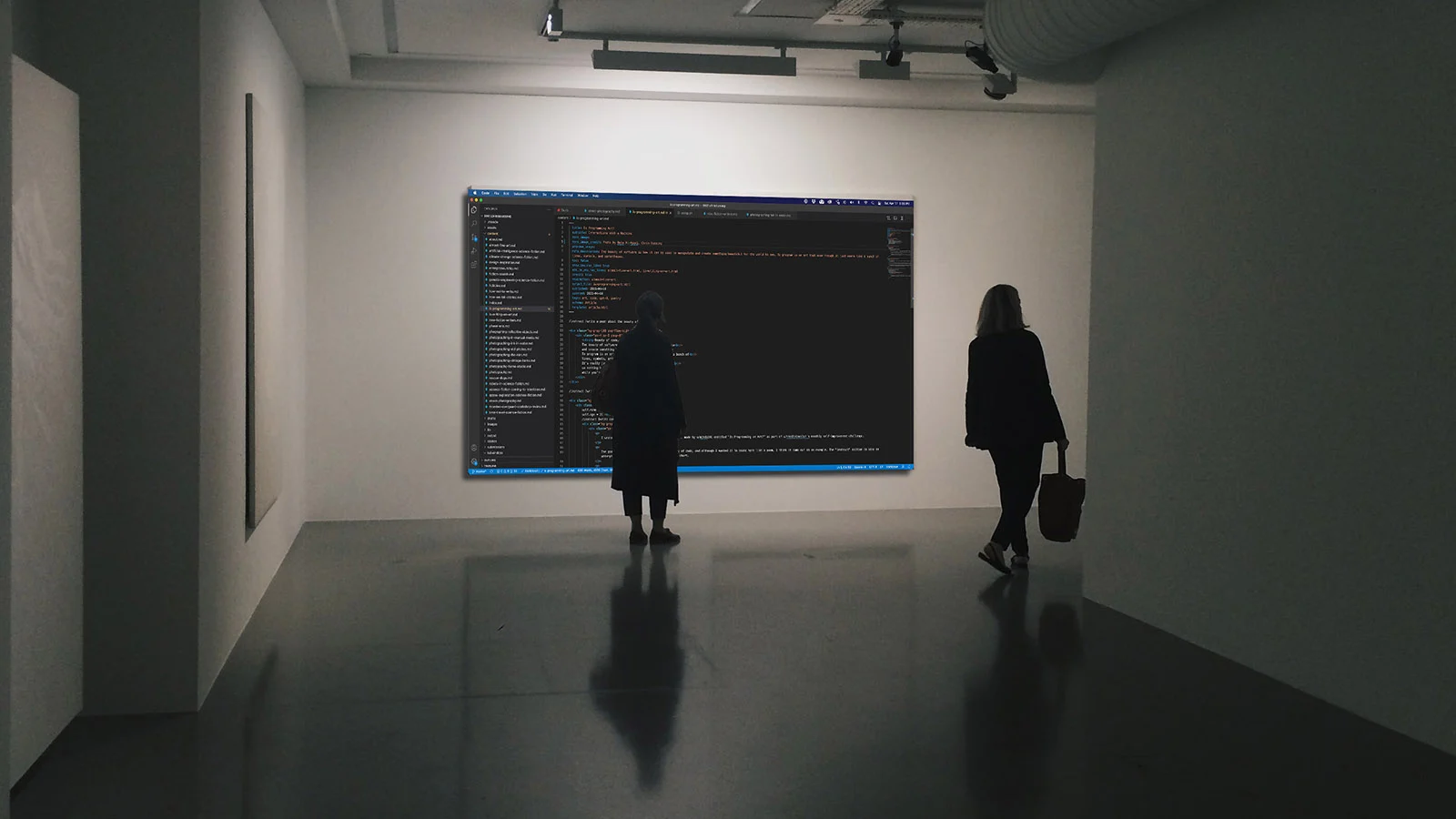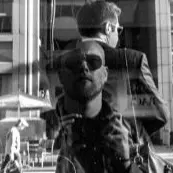Is Writing an Art?
When we think about fine art, many of us conjure up images of Renaissance paintings or Picasso’s Guernica. But art is a broad category that encompasses varied forms of artistic expression; dance, music, performance art, and sculpture to name just a few.
Writing, for example, is variously viewed as high-brow literature or a skill that can be taught and learned. So what makes writing art?
Join me as I tease out the differences between craft, skill, and literature, consider whether some genres are more “artful” than others, and go over some inspirational tips to ignite your creativity.
Is Writing an Art, a Craft, or a Skill?
Perhaps it is best to think of writing as a vehicle, say a high-performance sports car. One that is capable of swishing around corners with both grace and grunt, but is equally comfortable sedately cruising the countryside on a Sunday drive.
The difference is how the driver uses his or her vehicle. Will they show off the car’s potential with flourishes, nimbly spinning the wheel and flexing their own driverly skills, or will they show restraint, stick to the rules of the road, and let the car gently purr?
Or, a third option, will our driver just dash from A to B with minimum care for either style or traffic laws?
Much like a driver, writers can use their chosen medium as they best see fit.
Sometimes, words are a vehicle to convey meaning quickly and nothing more. A text message to a parent or a rushed internal memo, for example. Here, formal writing “rules” don’t matter as much, and style is of little importance.
Other times, words are carefully put together, crafted to an exacting standard, edited and re-edited. Tweaked to within an inch of their capabilities.
Imagine a large multinational company’s new advertising campaign, for example. Each new slogan or piece of advertising copy is born and then road tested in focus groups. How will the audience react, what connotations can we inspire, and most importantly, will this sell the product? These are the questions a marketing agency must ask itself before releasing its words into the wild, driven by a large billboard and an even larger advertising budget.
Or words can exist for aesthetic reasons alone, as a vehicle for the writer’s feelings perhaps, or to help readers consider a new perspective. Consider this well-known Imagist poem:
The apparition of these faces in the crowd:
Petals on a wet, black bough.
Ezra Pound
In a Station of the Metro
The artistic merit here is clear; Pound adeptly swings his vehicle around the corner, (or the poem’s turn), painting a pretty picture and allowing us a glimpse into how he may view nameless faces. In a Station of the Metro is an example of high-modernism and was published in 1913, a period when artistic mores were rapidly shifting gears, and Pound’s contemporaries included heavyweight literary figures such as T.S. Eliot and James Joyce.
It is tempting to think of this poem as a fleeting thought in Pound’s mind, born perfectly formed and quickly committed to paper. But it’s equally possible that the author spent days pondering his 14 words, wondering how best to engage his readers, whether wet was a better word than damp.
Most of us, sadly, cannot write as well as Pound. But we can engage our pens and try to create a text that gracefully conveys our thoughts. Rhetorical flourishes can be put to good use, as can other tricks of the trade. Analogies, for example, however clunky, can link two supposedly unrelated concepts and illustrate a point or conjure an image.
Intent matters
As communication theorist Marshall McLuhan puts it, “the medium is the message.” That is, the medium we choose can hold as much value as the message itself.
If writing art is your goal, you’ll use your pen and vocabulary differently than if you’re trying to sell a soft drink. And while there is skill in excellent grammar and soundly conveying your intended meaning to another, that email to a client isn’t artistic, nor was it intended to be.
Writing is both an art, a craft, and a skill — the difference is what you mean to create and how you drive your words.
Are Some Genres More Artistic Than Others?
Literature is as much a mixed bag as other artistic endeavors such as photography or painting. It runs the gamut from parody to hyper-realism and everything in between.
Let’s briefly return to the fertile literary movement of modernism for an example. We have poems such as Pound’s 14-word wonder, prose poetry that boldly turns its back on Romantic-era tropes, Prufrock, and monoliths like Joyce’s Ulysses.
But later on in the movement, we also have Samuel Beckett’s anti-theatrical one-minute play, Breath, and science fiction stories by the emerging fan favorite, Theodore Sturgeon.
Is a play with no words or actors less artistic than a novel that scholars will probably discuss well into the 21st century? Likewise, is a Sturgeon story worth less than a 14-word poem?
No, not to this artist’s mind. All literary works have value, and that value readily shifts from reader to reader. While you may think Ulysses is a masterpiece, Virginia Woolf, a fellow modernist writer, thought otherwise: “Never did I read such tosh.”
The distinctions between high-art or fine-art and popular cultural productions are merging. Where a domestic-noir novel such as Daphne Du Maurier’s Rebecca was once written off as lowbrow romantic chick-lit (to borrow a modern term), it is now being examined as a subversive attempt to redefine a genre, or a piece of LGBTQ+ herstory, or or or…
As the literary theorist Lois Tyson notes, “readers do not passively consume the meaning presented to them by an objective literary text; rather they actively make the meaning they find in literature.”
We create meaning with each reading, we define the text as much as it defines itself. Art is subjective, a vessel for our own unique outlooks and ideologies, and as such, there can be no way to measure how artistic a genre is, or whether some genres are more worthy than others without considering how the text is received.
One reader’s “piece of tosh” is always another’s magnum opus, after all.
How to Write Like an Artist
As I noted earlier, intent matters. If you set out to write like an artist, you may very well achieve art. However, perhaps some inspirational tips are helpful here too.
Know the rules and then break them
Think about e e cummings, the well-known poet is famous for his lack of capitalization, twisted syntax, and interesting punctuation. Here’s the first stanza of [i carry your heart with me(i carry it in]:
i carry your heart with me(i carry it in
my heart)i am never without it(anywhere
i go you go,my dear;and whatever is done
by only me is your doing,my darling)
e e cummings
[i carry your heart with me(i carry it in]
Cummings happily breaks all the rules, and the result is prettily perfect. But before he became one of the English-speaking world’s most loved scribes, e e cummings spent years at university studying Latin and Greek. His broad knowledge of classical languages and form helped shape his eclectic style.
Defamiliarize the everyday
Wield words as tools and make the familiar unfamiliar. According to the influential Formalist critic Victor Shklovsky, defamiliarization allows language to affect and alter our perception. Describe known elements or concepts in ways that a reader does not expect, but are recognizable nonetheless; W.H Auden’s phrase “waiting expensively” is an example of this.
Play with form, merge and experiment with genres
Literary forms are as open to experimentation as the whole concept of literature itself. A poem does not need to be shaped like a sonnet, a novel doesn’t necessarily need chapters in the traditional sense, and a short story can be as long or as short as you wish. Consider the following story:
For sale: baby shoes, never worn.
This six-word masterpiece of flash fiction is generally attributed to the terse writer Ernest Hemingway, although this link was never substantiated. Hemingway or not, it may only have six words but it packs a punch and tells a complete tale.
Form is made to be played with, stretched and compacted as the writer chooses. Be playful.
Words and syllables have a beat
Think of words as musical in a sense, each word has a number of syllables and each sentence a number of words. Monotony in script can bore. Use short and long words, change the length of your sentences and paragraphs, experiment.
Of course, above and beyond any of the ideas above, good writing is readable and doesn’t require too much effort on the reader’s behalf. It’s helpful to re-read what you’ve written a few days afterward and edit as you see fit.
A disclaimer here though, perhaps you want to make your work tricky, sticky, and mired in verbose verbiage. It’s fun and frivolous, after all.
Yes, But is it Art?
Writing designed for purposes other than aesthetic reasons may hold less artistic merit for most of us, but one has to admit the sheer power these words can have on our lives. Ever catch yourself singing a catchy jingle, for example? It’s in these texts that we see craft more than art.
Artful writing, on the other hand, speaks to readers on any number of levels, it opens eyes and perspectives, and addresses the human condition. How well a piece of work reaches this is a matter of subjectivity, while one reader may moon over a poem, another may not see the attraction.
Creating your own written art is a matter of intent and reception then, a balance between what you set out to achieve and how readers receive your work — once you put down your pen, the text takes on a life of its own, shaped by those who view it.
It is my contention that all writing has artful qualities, even if it’s the annoying soft drink advert you’ve seen for the fifth time today. From the smallest piece of copywriting to David Foster Wallace’s divisive and humongous novel, Infinite Jest, writing involves skill, dedication, and above all else, passion.



